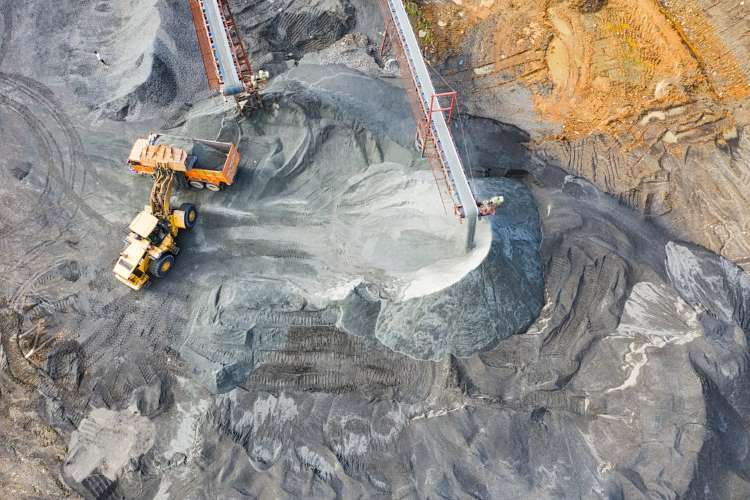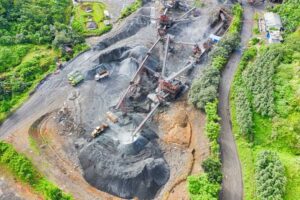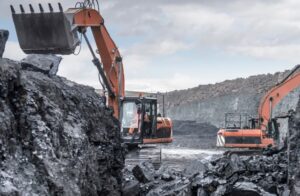
Skilling India’s mining workforce: Skill development is the cornerstone of India’s efforts to harness its demographic dividend to achieve sustainable economic growth and workforce empowerment. Prime Minister Narendra Modi has emphasised the need to revive the Nalanda Spirit, and position India as the skill capital of the world. Skill development is crucial for bridging the gap between education and employment, fostering innovation, enhancing productivity, improving safety, and contributing to the overall socio-economic development of the nation. Skill development can serve as a vital enabler in achieving the goal of women-led development.
The Union government has been seriously working on skill development. Vocational training was formalised as early as 1956 with the establishment of Industrial Training Institutes (ITIs). A major boost came in 2015 with the creation of the Ministry of Skill Development and Entrepreneurship and the launch of the Skill India Mission. Under MSDE, bodies like the National Skill Development Agency (NSDA), National Skill Development Corporation (NSDC), National Skill Development Fund (NSDF), and 38 Sector Skill Councils (SSCs) have focused on nationwide skill development, integrating the demand and supply of skilled labour, and promoting entrepreneurship.
READ I Container crisis threatens to derail India’s export growth
Streamlining vocational education
In 2018, the National Council for Vocational Education and Training (NCVET) was formed by merging the National Council for Vocational Training (NCVT) and NSDA. The idea was to integrate fragmented regulatory systems and promote quality assurance across the vocational training value chain. The ministry of rural development, ministry of minority affairs, and ministry of electronics and information technology are driving skilling initiatives towards realising the vision of a Viksit Bharat 2047, along with state governments. Flagship programs like the Pradhan Mantri Kaushal Vikas Yojana and Deen Dayal Upadhyaya-Grameen Kaushalya Yojana are at the forefront of these efforts.

India has one of the youngest populations globally, with a median age of 29 years in 2024, compared with 38 in China and the US, 45 in Western Europe, and 49 in Japan. However, this young workforce requires substantial skilling through technical and vocational education and training to become work-ready. Currently, only 4.69% of India’s total workforce has undergone formal skill training, compared with 68% in the UK, 75% in Germany, and 96% in South Korea (National Policy for Skill Development and Entrepreneurship 2015). This gap presents a significant challenge, especially in sectors like mining, where labour productivity remains low.
Skilling mining workforce
Each sector has unique skill development needs, requiring specialised training and infrastructure. The mining sector, a vital contributor to India’s industrial output, faces particular challenges, such as outdated practices in smaller mines, safety concerns, and environmental regulations that demand a skilled and knowledgeable workforce. Furthermore, the perception of mining as a hazardous profession often discourages young students from pursuing careers in this field. Infrastructure limitations, especially in remote mining regions, compound the issue by restricting access to robust training facilities.
While grappling with traditional challenges, the mining industry is also preparing for a transition towards green mining. This includes an emphasis on critical minerals, AI, digitisation, and automation to enhance efficiency and safety. A report by the Federation of Indian Mineral Industries (FIMI), based on PwC findings, reveals stark differences in coal productivity. In the US, coal productivity is 36,700 tonnes per employee per year, compared with only 1,497 tonnes in India.

To address this, the government has developed a skill development plan to upgrade the skilling ecosystem for the next-generation mining workforce. The plan includes enhanced training facilities, skill development centres at mining locations, and the involvement of private players to create effective upskilling programs. State governments, like Odisha with its ‘skilled in Odisha’ initiative, are also working to establish state-of-the-art training centres.
The Skill Council for Mining Sector, supported by the ministry of mines and the Federation of Indian Mineral Industries (FIMI), is engaging private companies and utilising District Mineral Foundation funds to skill youth in mining-dependent districts. A pan-India approach to utilising DMF funds across mining-dependent districts could help create a skilled workforce ready for the present demands and future transitions, including moving away from carbon-intensive sectors like coal. Notably, 47% of coal-producing districts in India are categorised as aspirational districts, and skilling offers new livelihood opportunities, especially for women.
Vocational training reform
Vocational training for mining workforce is governed by the Mines Vocational Training Rules, 1966. However, integrating this with the Skill Council for Mining Sector can align the workforce with the National Skill Qualification Framework (NSQF) and provide lifelong learning opportunities under the National Education Policy 2020. This integration would benefit all stakeholders, including mining companies, workers, and the government.
Collaborating with international organisations can provide access to advanced technologies and new insights. Engaging countries like Australia, Canada, and Sweden, known for their expertise in mining, could help establish training centres, foster skill enhancement, and reduce accidents. Partnerships with institutions like the Indian School of Mines and IITs could also further innovation through virtual mining training in areas such as labour safety, mine planning, and operations.
The future of skill development in India’s mining sector depends on innovation, adaptability, and inclusivity. Fostering a culture of continuous improvement and lifelong learning will be key to meeting the dynamic demands of this and other sectors. By investing in targeted skill development initiatives, leveraging technological advancements, and encouraging a culture of innovation, India can unlock the full potential of its mining sector while ensuring inclusive growth and sustainable development.
As India continues its journey toward economic prosperity, building a skilled mining workforce will be crucial to becoming a global leader in mineral resource management and industrial excellence.
The author is Executive Incharge, Ferro Alloys and Minerals Division, Tata Steel Ltd. The views expressed in this article are of the author and not necessarily those of the company he is associated with.

